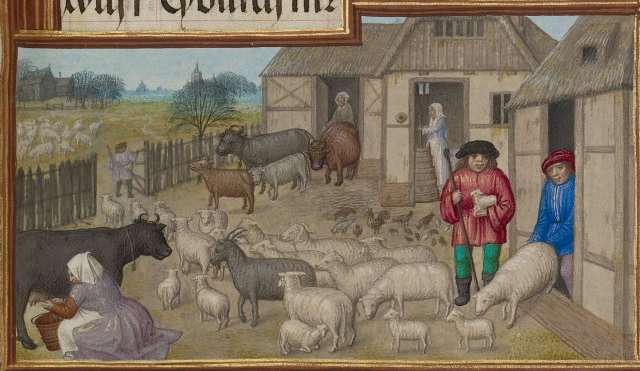
*first posted at Making Things Work
Research for English Arts and Crafts Furniture: Projects and Techniques for the Modern Maker* has entailed some spirited conversations with scholars of medieval literature and art. My readings on medieval European life without the benefit of Ruskin’s rose-tinted specs have touched on such seemingly unrelated subjects as church-based charity and prostitution in Paris.
So when I saw that St.John Starkie had posted a video on The Quiet Workshop about building a medieval pole lathe, I was intrigued. At a whopping 22 minutes and 41 seconds, it’s longer than your typical video in this day of Instagram hyperlapse, and (please don’t tell me you expected “but”) well worth watching. I found it visually mesmerizing as well as informative.
Minor mea culpa: However instructive the video component may be, my special guilty pleasure is the audio, which I find downright intoxicating. There’s something about the sounds of hand-tool woodworking when recorded through a mic that transports me into an alternate realm. It’s akin to lying in bed during a storm in someone else’s house: You can pull the covers up around you and sleep even more soundly than usual, comforted by your warm, safe situation. I’ve always found the equivalent storm experience far from soothing in my own house, where I worry that the roof might leak or be damaged by the wind. No wonder people who’ve never picked up a tool themselves wax romantic on the subject of making furniture for a living.–Nancy Hiller, author of Making Things Work
*working title; the book is scheduled for publication by Popular Woodworking in May 2018